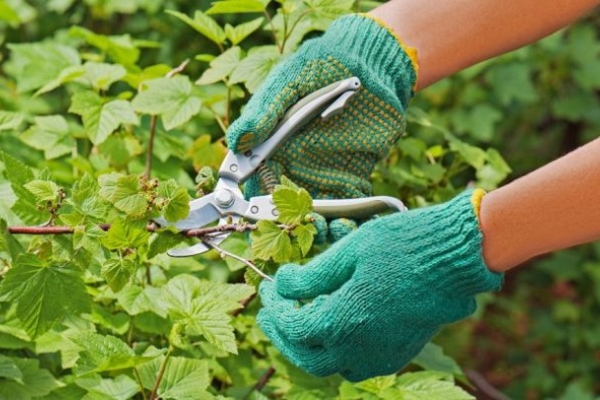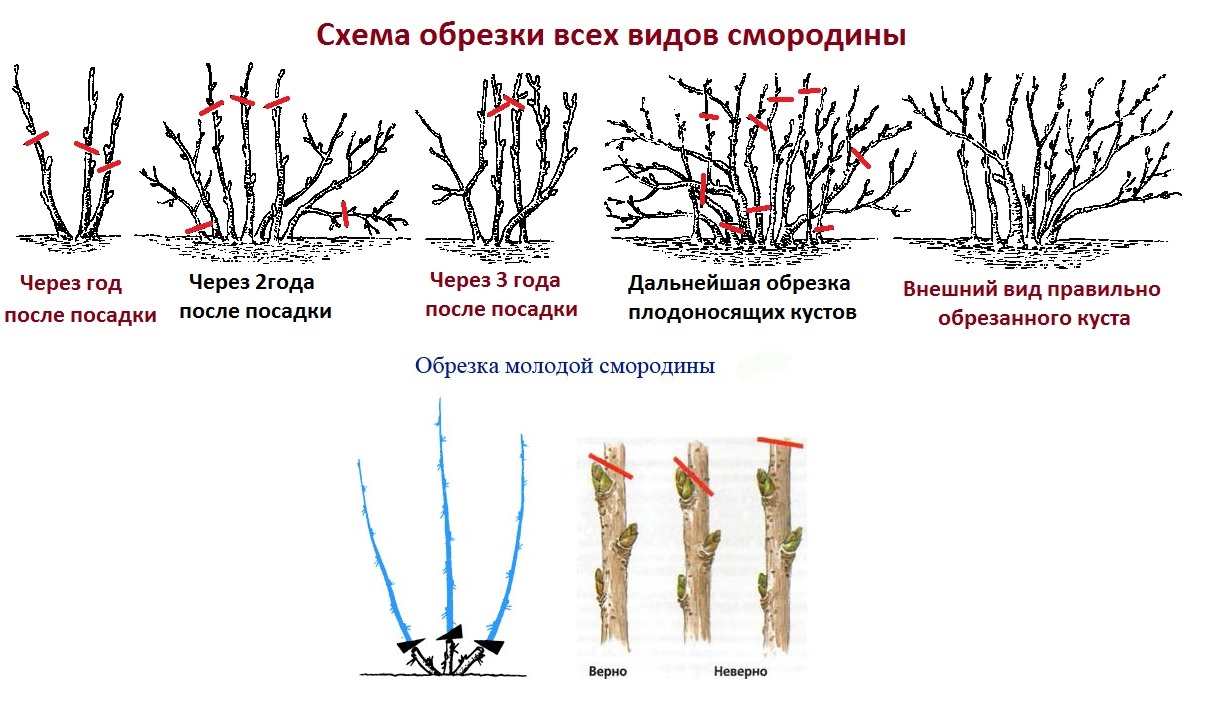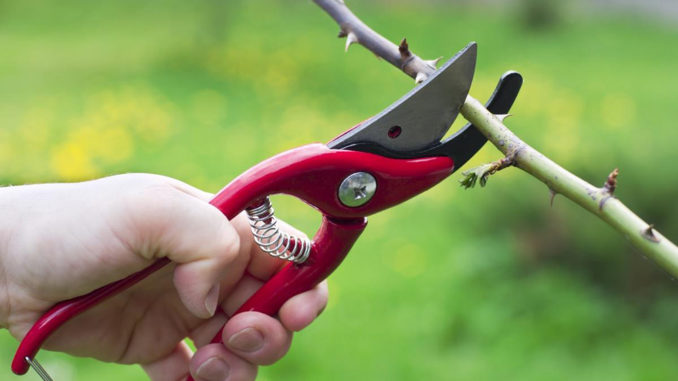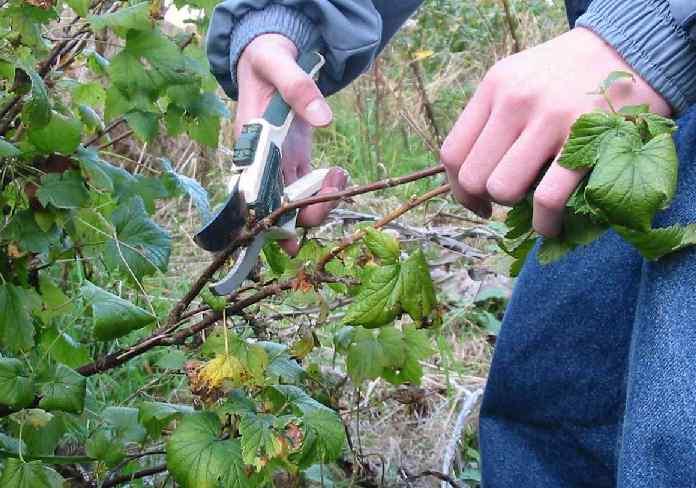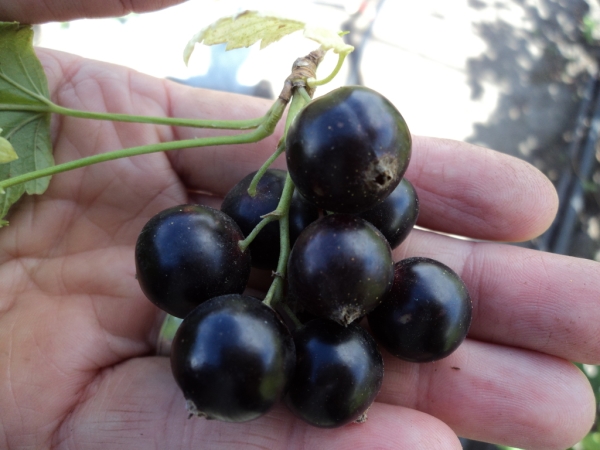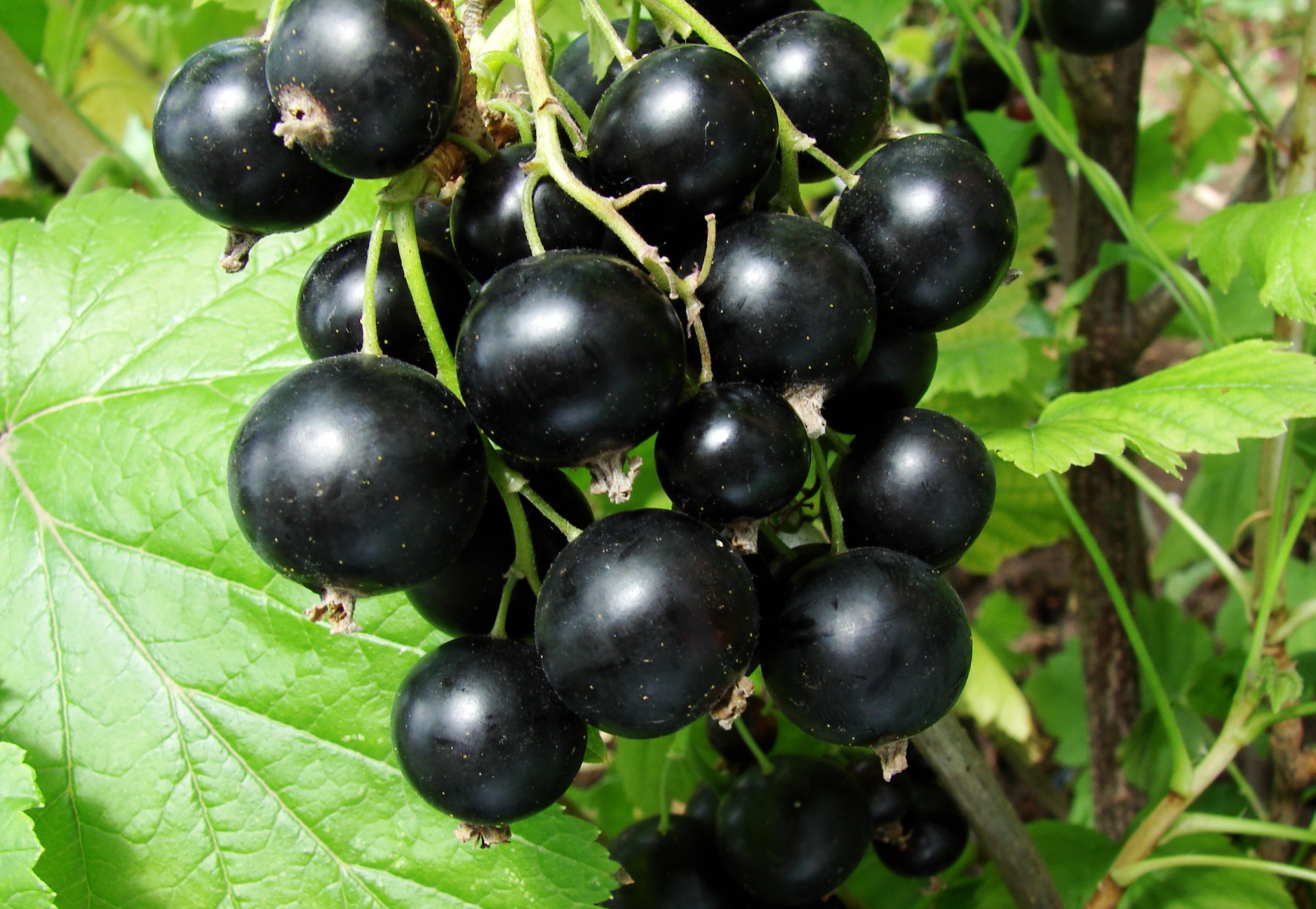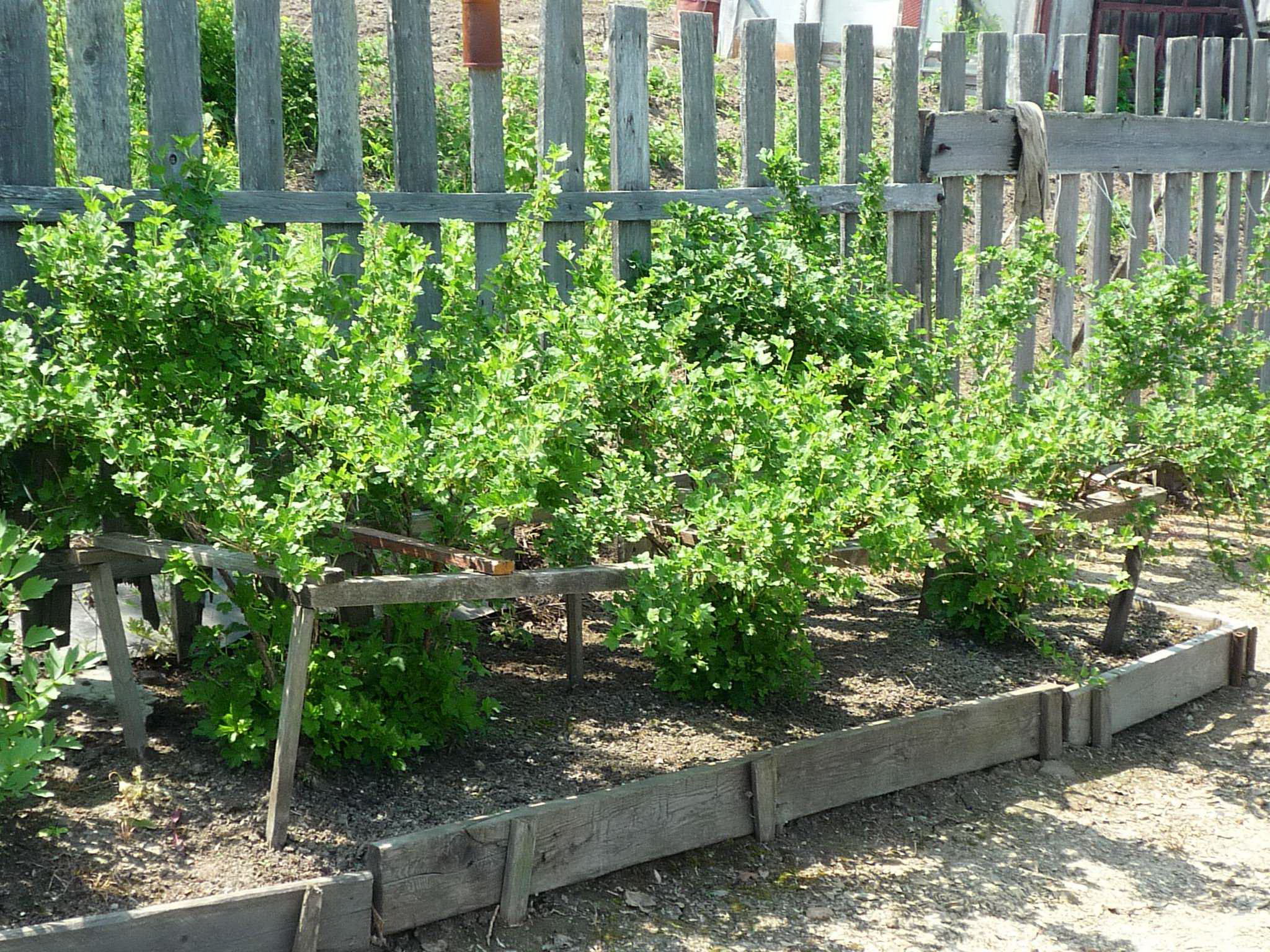Content:
Many people like to grow a garden culture on their site - black currant. But over time, the bush can age, as a result of which its fertility decreases. The berries become small, lose quality, and yield decreases. There is no need to rush to uproot plantings in order to plant new ones. These are expenses, the loss of unique varieties. It also takes time until young plants reach active fruiting. Therefore, methods of culture renewal are used. Consider how to rejuvenate black currants in spring.
Why rejuvenate black currants
Even if proper care is taken for the shrub, after five years it will have to do its planned rejuvenation. The currant quickly begins to yield, but the bush also soon becomes outdated. Usually, the need to update arises if you have to take old plants from the previous owner of the cottage. Or own plantings for many years. They should be improved, as the drop in yield is making itself felt.
How to refine currant bushes and when it is better to do it are questions that arise under such circumstances. Pruning or shaping the bush is carried out in the first year of life after planting. There is a rule that the main crop is produced by 2 or 3 year old branches. Therefore, you need to remove by cropping:
- branches over 3 years old, since thickening does not increase the fruitfulness of the bush;
- weak branches of the zero order, tops.
With proper care, the bush bears abundant fruit for no more than 7 years. After this period, the taste of the berries becomes worse, they become smaller, and their number also decreases. You can indicate the following cases when rejuvenation of the currant bush is required:
- The presence of pests or diseases;
- Extensive overgrowth;
- Numerous old branches, excessively dense bush;
- The plant is deliberately malformed;
- The currant has been growing for over 6 years, there is a decrease in yield;
- Root damage.
Rejuvenation, associated pruning is appropriate if the variety is rare and the owner does not want to part with it.
Is pruning desirable in spring
Consider the rejuvenation of the currant, when and how to properly make it capable of renewal. There are two preferred periods for the procedure. This is late autumn, the end of leaf fall, or early spring, the moment before the buds swell, when there is still snow. If the autumn time is missed, the pruning is transferred to the spring. Then you can get some advantage: see the affected branches. They need to be eliminated first. When the soil warms up to 5 degrees C, the juices begin to move, in connection with which the infection can spread through the bush.
How to rejuvenate black currants in spring? The branch is chosen, as for the autumn pruning, leaving a healthy stump of 2 cm from it. The state of the wood is determined by color. Dark areas are affected, which are cut off to healthy light areas. After pruning in the spring, you need to apply nitrogen fertilizers.It is also necessary to monitor the condition of the bush in the summer season: remove zero shoots, malformed, broken, diseased branches.
Basic Rules
Correct pruning includes a number of conditions:
- Establishment of dry weather without precipitation;
- A sharp tool. It is necessary to disinfect it;
- All removed branches must be removed from the site and burned.
How to rejuvenate an old shrub
How to improve the rejuvenation of an old currant bush, what should be done? If the plant is more than 6 years old, it is only pruned three times or less. Indeed, in addition to branches, roots are subject to aging. Thus, three additional years of life are added. It is appropriate to apply a step-by-step "Chinese" method on how to update black currants:
- The young shoot is buried;
- The next year, a new bush is formed, which it is desirable to transplant to another place;
- The remaining currants must be uprooted;
- At the place of its growth, disinfection is carried out, the soil is fertilized. Then the seedling can be returned, transplanted again.
Instrument preparation
Currant species (black and red) are pruned using the following set of tools:
- Secateurs;
- Garden knife;
- Hacksaw.
Step by step recommendations
Before starting pruning, you need to assess the situation, check how much it is running, and how much work is required to arrange the plant. Perhaps this is another planned procedure for rejuvenating the bush, or radical measures are needed.
The following branches are required for cutting:
- directed inward, into the shade, broken, growing in the supine position;
- pre-planned crop failures;
- weak, related to the growth of the current year.
The purpose of the rejuvenation procedure is to allow “zero” shoots from the underground part of the plant to grow unhindered. Cutting off 2 or 3 old, but living branches stimulates the process. New shoots will gain strength if the tops are systematically removed from the bottom of the branches. Of all the "zero" shoots, three of the strongest are left.
The final step is to trim the ends of the branches left for fruiting. Remove part of the wood to mature. From this, the berries will become larger, and growth will increase. The rejuvenation procedure even brings back bushes up to 15 years old. In this case, the plant is cut off almost completely (radically), leaving hemp up to 3 cm.
Common mistakes
To update a currant bush accurately, you need to take into account its plasticity. The culture cannot be harmed by pruning, it enhances growth after the procedure. But still, a number of problems should be avoided:
- The instrument should be disinfected so as not to spread the infection;
- It is a mistake to delete old branches to a hemp. At the same time, hollow wood can become infected with pests and diseases;
- Young shoots that replace earlier fruiting ones do not need to be shortened. They can start branching and make the bush look overly dense.
Bush care after pruning
At the end of the rejuvenation, proper care is needed, otherwise the bush will not be able to recover and further decorate the garden. In the subsequent period, nitrogen fertilization is applied. Weeding is also necessary. Radical pruning leaves a balance of power for the root system. From the rapidly growing branches, the 5 strongest are left, removing the others.
Autumn top dressing is done with complex fertilizers, and spring top dressing with nitrogen fertilizers, but it is best to mulch with humus. In the first year, the bush will recover. The harvest will appear only the next. Even very old plants are subject to rejuvenation.
